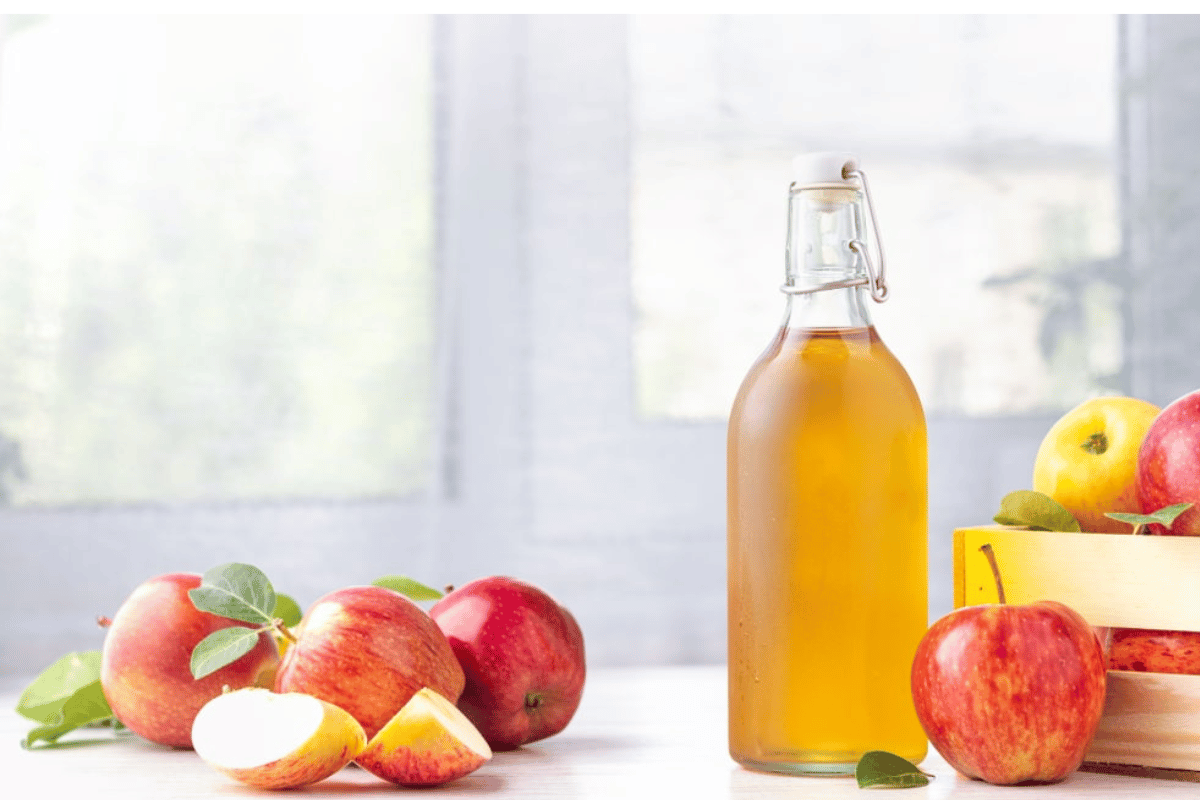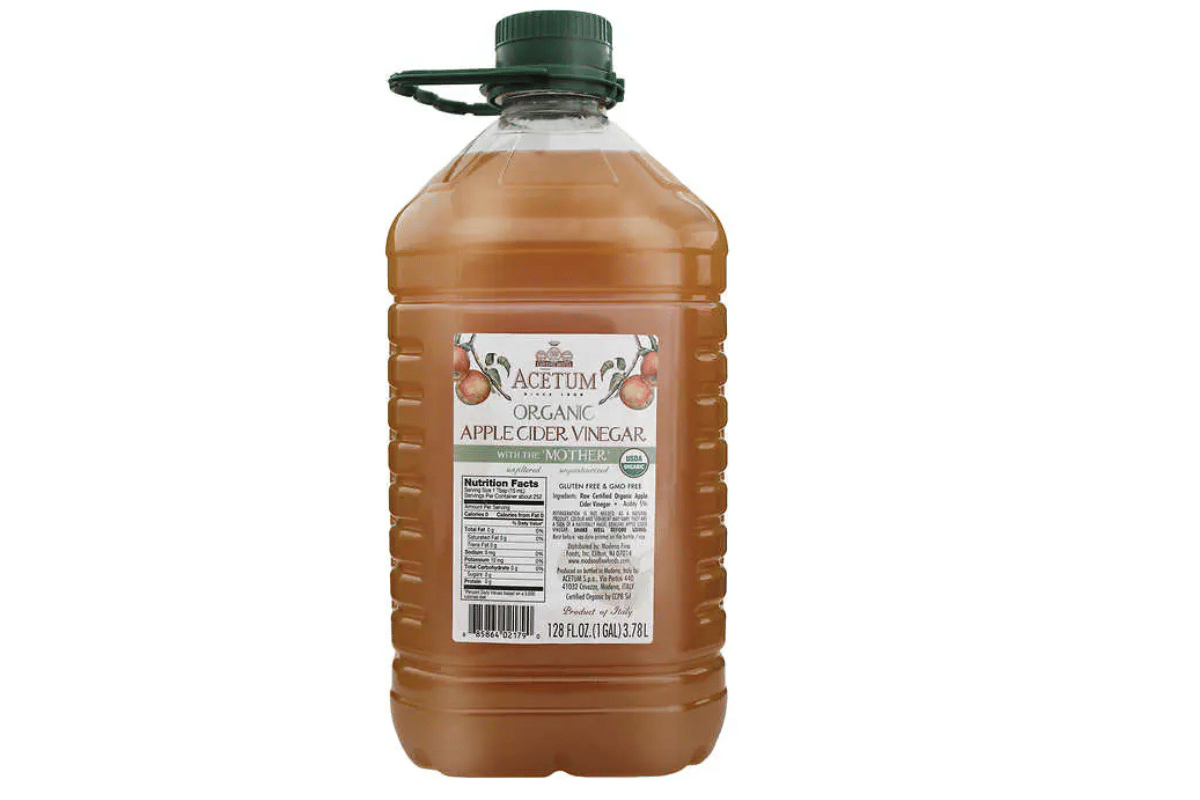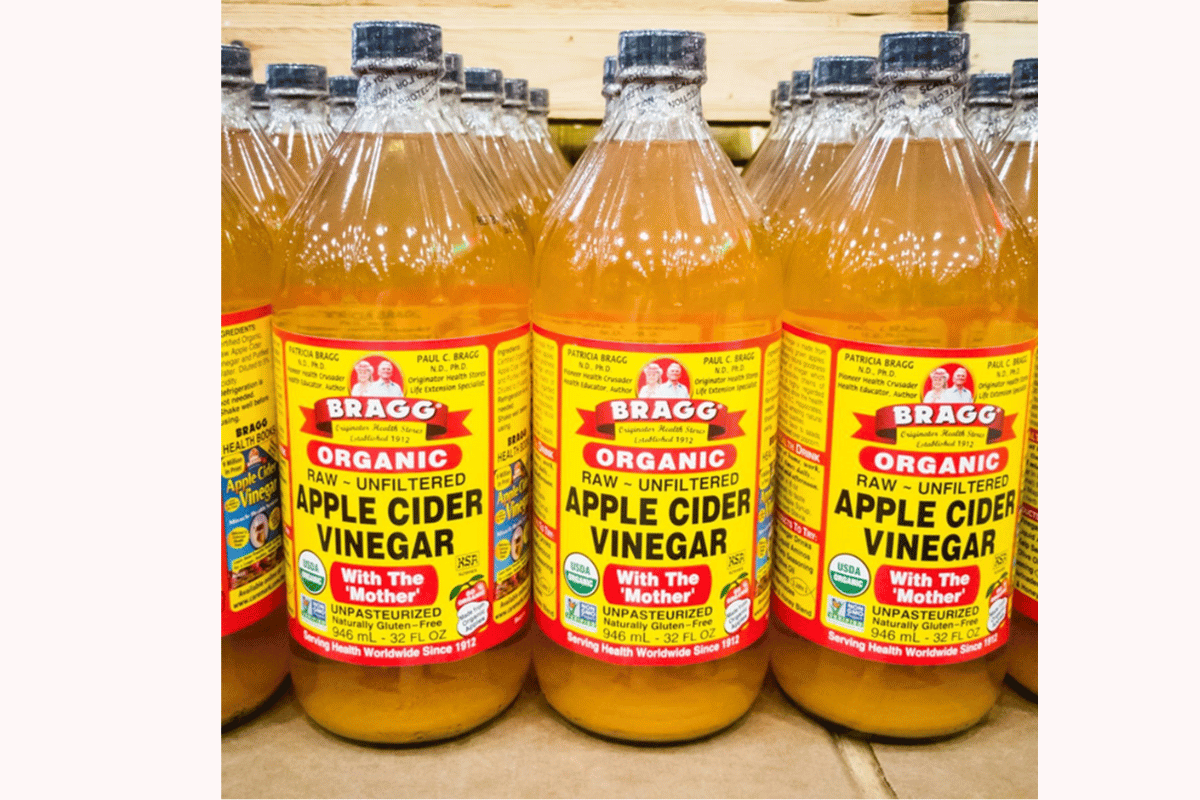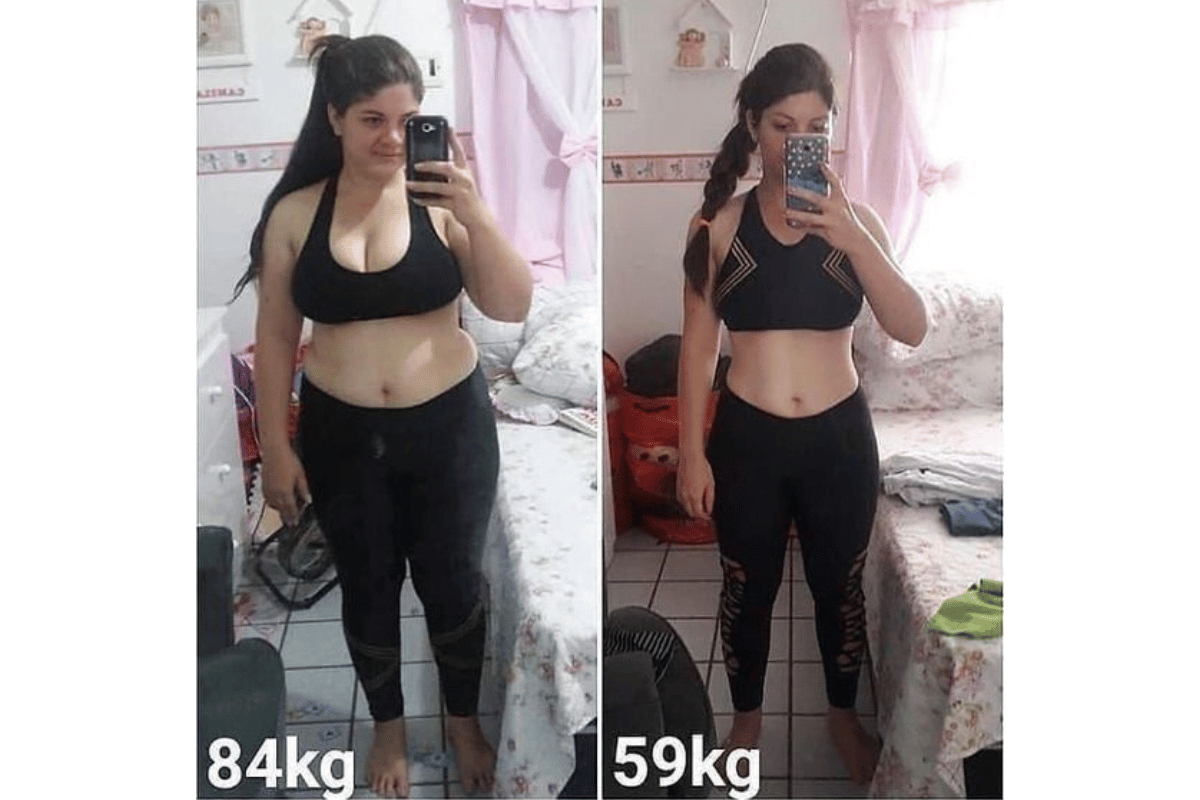Let me introduce you to 7 Day Diet Plan, a great weight loss solution that helps you lose weight quickly by accomplishing seven days of gradual weight loss in just 5 days.
Let’s face it, dieting can be hard but one thing that helps is sticking to a strict and appropriate eating plan. However, we often have trouble sticking to these plans as we have many temptations when hunger takes over. This is why a faithful 7 day diet plan for weight loss comes in handy.
There is a myth that if you want to gain or lose weight, the best way would be to eat a lot of calories and burn them off at the gym. But this isn’t always true. It’s important to know that you should start with a proper meal plan strategy and follow through with it everyday for 7 days for maximum results.

7 day diet plan for weight loss
Breakfast
Breakfast is the most important meal of the day. It’s also one of the easiest meals to make healthy, low in fat and sugar and high in protein and fibre.
The best thing about breakfast is that it can be eaten before noon or even earlier if you’re an early bird like me! Eating breakfast keeps you full longer so you won’t have cravings for lunch or dinner later on.
Breakfast should consist of foods that are high in protein such as eggs (poached), meat (bacon) or fish like salmon or trout filet grilled with butter sauce served with buttered toast topped with lettuce wedge salad drizzled with olive oil dressing mixed with lemon juice then sprinkled salt & pepper powder over top!
Meals
To lose weight, you need to eat a healthy breakfast, lunch and dinner.
- Eat a healthy breakfast:
- Eat low-fat protein with complex carbohydrates such as oatmeal or whole grain cereal topped with fruit (1).
- Add fat to your morning meal by adding nuts or peanut butter on top of your oatmeal (2).
- If you’re not hungry in the morning, try eating an apple instead of making yourself wait until noon before taking your first bite at home (3).
Snacks
Snacks are a great way to keep yourself energized and help you balance out the foods you eat. They can be eaten between meals, or they can be large portions of food that have been portioned out ahead of time. Some popular snacks include:
- Fruit
- Cereal/granola bars
- Popcorn (with or without salt)
Snack foods are also helpful because they provide slow-burning fuel for long periods of activity or work, which is why many people rely on them for their daily nourishment needs!
Seven days of healthy eating are a great start towards weight loss.
Seven days of healthy eating are a great start towards weight loss.
The first step to losing weight is understanding what your body needs and how to get it. Seven days of healthy eating are a great start towards weight loss.
The diet consists of four phases.
The first phase of the diet consists of increased physical activity. You should try to get at least 30 minutes of exercise every day. This will help you lose weight and feel healthier overall.
The second phase involves a schedule for healthy eating habits that replaces your old unhealthy ones with better options, like eating smaller portions throughout the day or choosing whole foods over processed foods whenever possible.
The third phase is when you’re able to eat whatever foods you want without gaining any extra weight—that’s when your body has fully adapted to these changes in lifestyle and metabolism!
The first phase is a period of increased physical activity.
The first phase is a period of increased physical activity. This can be done by increasing daily steps, increasing daily activity and/or exercise, and/or increasing intensity levels for each day’s exercises. Various methods are available to help you reach these goals such as pedometers and apps that track your steps during specific activities (e.g., walking or running). You may also want to consider joining a gym or purchasing some outdoor gear so that you have something fun to do on those days when weather isn’t cooperating with your plans!
The second phase is a schedule of healthy eating habits to replace your old habits.
The second phase is a schedule of healthy eating habits to replace your old habits. These include:
- Listing all the foods you should eat daily, including fruits and vegetables, whole grains and lean meats.
- Avoiding processed foods or sugary snacks like cookies, chips and soda.
- Eating enough protein at each meal (about six ounces).
The third phase is a short period of weight-loss, around three to seven days.
The third phase is a short period of weight-loss, around three to seven days.
This is the most important and effective portion of your diet plan because it’s the only time you’ll be focusing on calories. For example, if you’re following a diet that includes 500 calories per day but eats at least 2000 calories per day over the course of several weeks or months, then it’s going to be difficult for your body to burn off all those extra calories—and even if it does burn them off (which isn’t always possible), there’s no guarantee that these extra pounds won’t come back once you stop losing weight in this manner.
To ensure success with this type of eating patterning strategy:
- Eat healthy foods such as fruits and vegetables instead of processed junk food; eat less than 200 grams (g) daily; avoid high-fat foods such as red meat; do not consume caffeine products such as coffee since they can cause rapid weight gain when consumed regularly.* Eat smaller portions throughout each meal so that every bite contains less total fat content than what most people would normally consume from one sitting alone.* Avoid snacking between meals by keeping snacks limited mainly outside work hours when hunger strikes but still wanting something else besides just water.* Take advantage of opportunities like skipping breakfast altogether so if needed later in day after lunchtime meal then there wouldn’t really be anything left over anyway unless somebody else decides otherwise.”
The fourth phase focuses on lifestyle changes and long-term weight management.
In the fourth phase, you will be focusing on lifestyle changes and long-term weight management. Your goal is to create a plan that you can implement in your daily life, so that it becomes second nature. You’ll also be working on creating healthy habits for life, so that they become ingrained into your routine.
The fourth phase is about making the changes necessary for long-term success at losing weight – not just short-term fixes or quick fixes like going off of one diet program only to gain back all of the weight again within a few weeks or months!
How To Lose Weight: The Real Math Behind Weight Loss
A healthy diet plan can help you lose weight
A healthy diet plan can help you lose weight. Healthy eating habits include:
- Eating a balanced diet that includes both high-fiber foods and low-fat or non-fat dairy products.
- Exercising regularly for 30 minutes each day, including aerobic activity such as jogging or cycling.
- Eating foods that are low in fat and high in fiber (like fruits, vegetables and whole grains).
Conclusion
A 7 day diet plan for weight loss is a great way to explore optimal eating habits. Through a seven-day diet, you can quickly and easily lose weight while still following an enjoyable meal plan that fits your lifestyle. The 7 day diet plan can lead to significant weight loss due to its emphasis on healthier foods, portion control, and regular exercise. You don’t have to worry about complicated plans or expensive equipment; the 7 day diet is simple and straightforward—all you need is proper guidance to get started. By following this easy-to-implement diet plan, you can reap the benefits of better health and improved appearance in only seven days.By using diet plans like the 7-day diet plan for weight loss , you can no doubt lose weight, develop a good eating habit, and improve your life. However, the diet can only be effective when correctly followed. By going through the following process: determining your ideal weight; planning a meal and exercise routine according to this diet plan; and examining the various advantages and disadvantages of each stage, you will find that your weight loss plan is indeed ideal.






fdfafa.png)
10a47a.png)



3d53b7.png)


